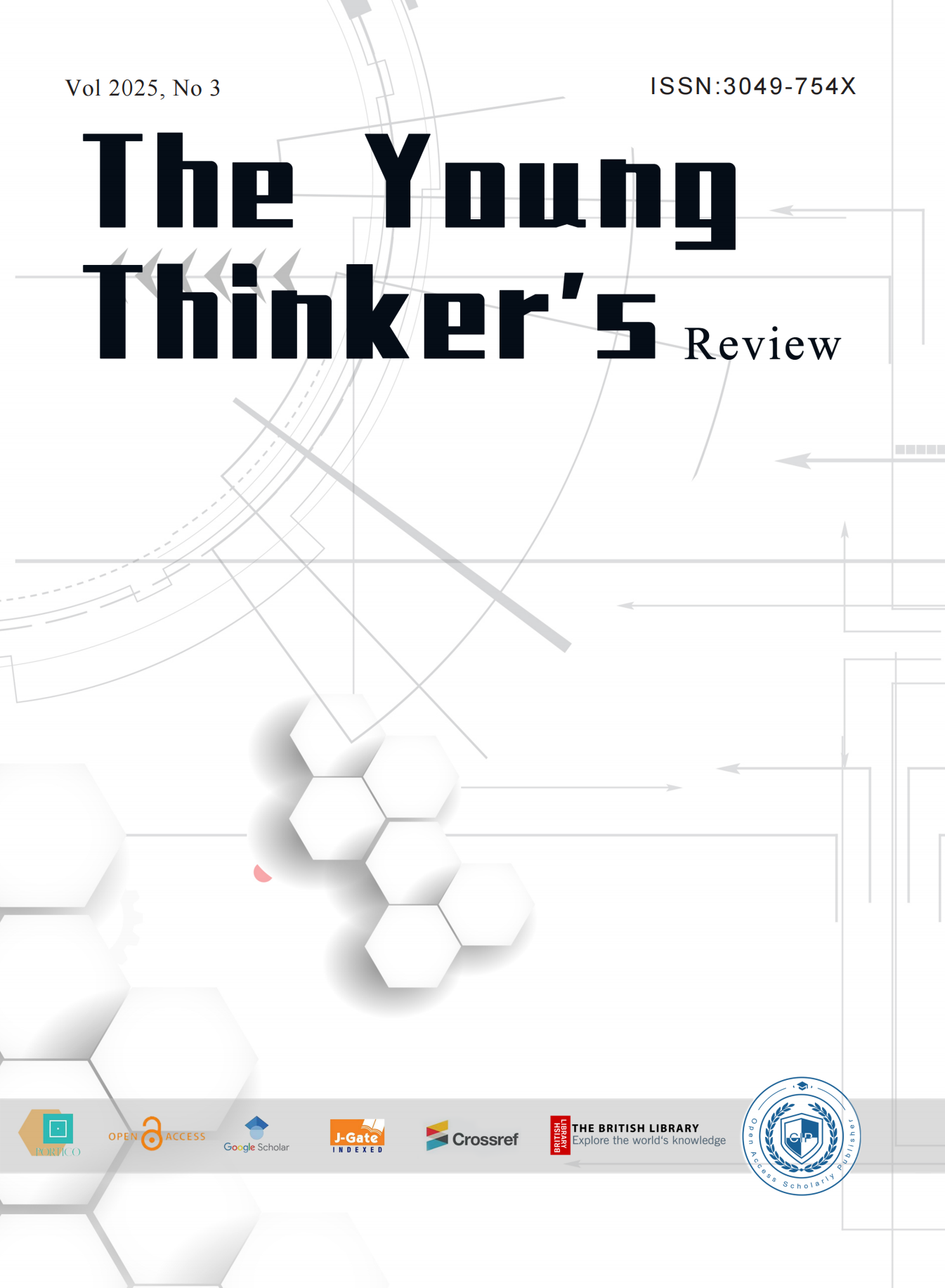Published 13-06-2025
Keywords
- Adolescents,
- Racewalkers,
- Physiological and Biochemical Indicators,
- Monitoring
Copyright (c) 2025 The Young Thinker's Review

This work is licensed under a Creative Commons Attribution-NonCommercial 4.0 International License.
How to Cite
Abstract
This study tracked the physiological and biochemical indicators of five elite adolescent racewalkers during the phase training before the final of the 18th Jiangsu Provincial Games. The results indicate that the training of adolescent racewalkers should follow the principle of individual differences. In the training plan, emphasis should be placed on the arrangement of speed intensity and training load. Adjustments should be made in a timely manner based on the changes in the athletes' physiological and biochemical indicators. In addition to rational training, attention should also be paid to nutritional supplementation, especially in the recovery from physical fatigue. Furthermore, given the significant emotional and psychological fluctuations of adolescent athletes, timely psychological counseling is also necessary.
References
- Zhang, Q. W. (2007). Analysis of Load Characteristics of Endurance Sports from the Training of Chinese Racewalking Teams. *Journal of Shanghai University of Sport*, 31(3), 54–58.
- Cui, P. (2012). Analysis of Training During the Competition Period for Chinese Men's Racewalking Team. *Journal of Sports Culture*, (1), 70–73.
- Feng, L. S., Feng, M. Y., & Feng, W. Q. (2003). *Evaluation Methods for the Physical Condition of Elite Athletes*. Beijing: People's Sports Publishing House.
- Shao, H. Q., Yan, Z., & Dai, X. Y. (1996). Survey and Analysis of Blood Testosterone Levels in Adolescent Athletes in Jiangsu Province. *Sports and Science*, (3), 28–31.
- Zhang, Y., Zhao, K. Y., & Zhang, L. (2008). Characteristics of Blood Testosterone and Growth Hormone in U15 Male Football Players and Their Impact on Aerobic Capacity. *Journal of Wuhan Institute of Physical Education*, 42(9), 73–77.

